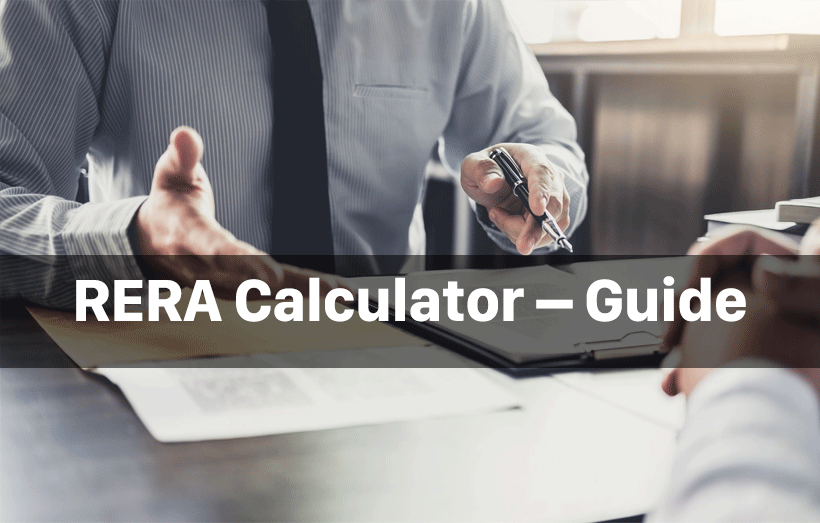
The Dubai real estate market is developing rapidly. As more projects go into the transfer phase, residents are now considering having more units to choose from when moving out. Many of these houses have very attractive rental concessions. With so many rental quotes, how do you know the rental price you got is appropriate? It is the place where RERA’s rent increase calculator can be used.
RERA stands for Property Management Agency. It is part of the Dubai Land Administration (DLD) and is responsible for improving the relationship between landlords and tenants. RERA also manages all individuals and organizations engaged in the real estate industry in Dubai. One of RERA’s major projects is the renovation and renewal of Dubai’s rental prices. This survey records the average rental value of all types of rental properties in Dubai. The report is updated annually to maintain the transparency of Dubai property lease transactions.
RERA Calculator and How to use?
Using the RERA calculator is very simple; it’s the click of a button, and you can access and get all the information you need or want about Dubai rents. The RERA calculator compares your property costs to the average value of similar properties in your area. Here are some tips on how to use RERA’s rent calculator online.
Steps
- Open the rent growth calculator (RERA).
- Choose the type of characteristic of property you want to know
- Enter the required details in the rent calculator.
- Click the “Calculate Rental Growth” button to get the results.
After clicking the “Calculate Rental Growth” button on the RERA calculator, the average rent for the selected real estate type in your area will be displayed and whether you are eligible for rental growth. Using the information provided by RERA’s rent calculator, you can determine the actual value of the rental property and whether the landlord charges you more than specified. According to the most recent rental price index in Dubai, this is a rent growth framework that landlords can follow:
- If the rent is less than 21-30% of the average rent in the area, a 10% increase will apply
- If the lease is 31-40% lower than the average, then increase by 15%
- If the contract is less than 40% of the standard, a 20% increase will apply
- If you have already paid within the above range, you do not need to increase the rent.
